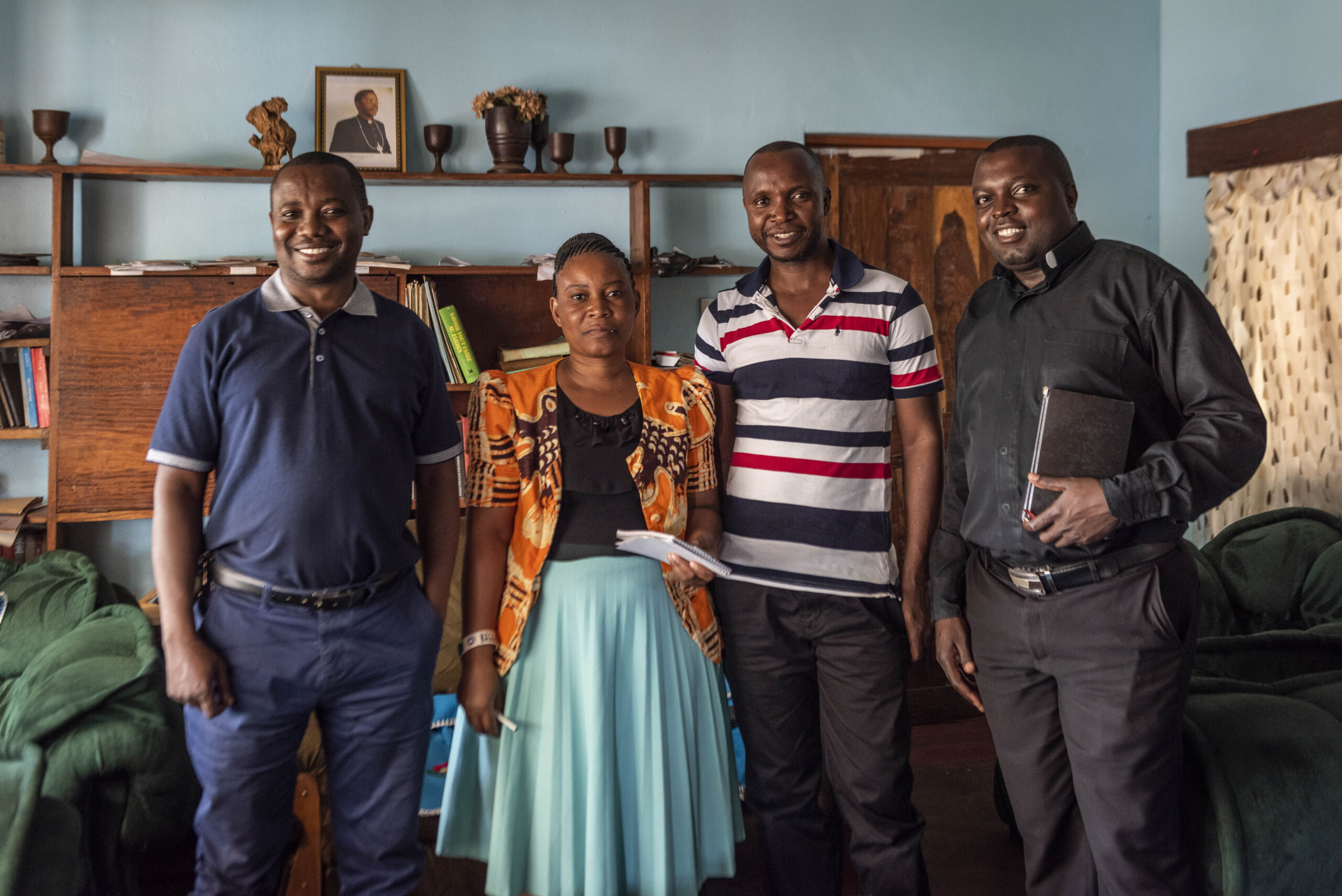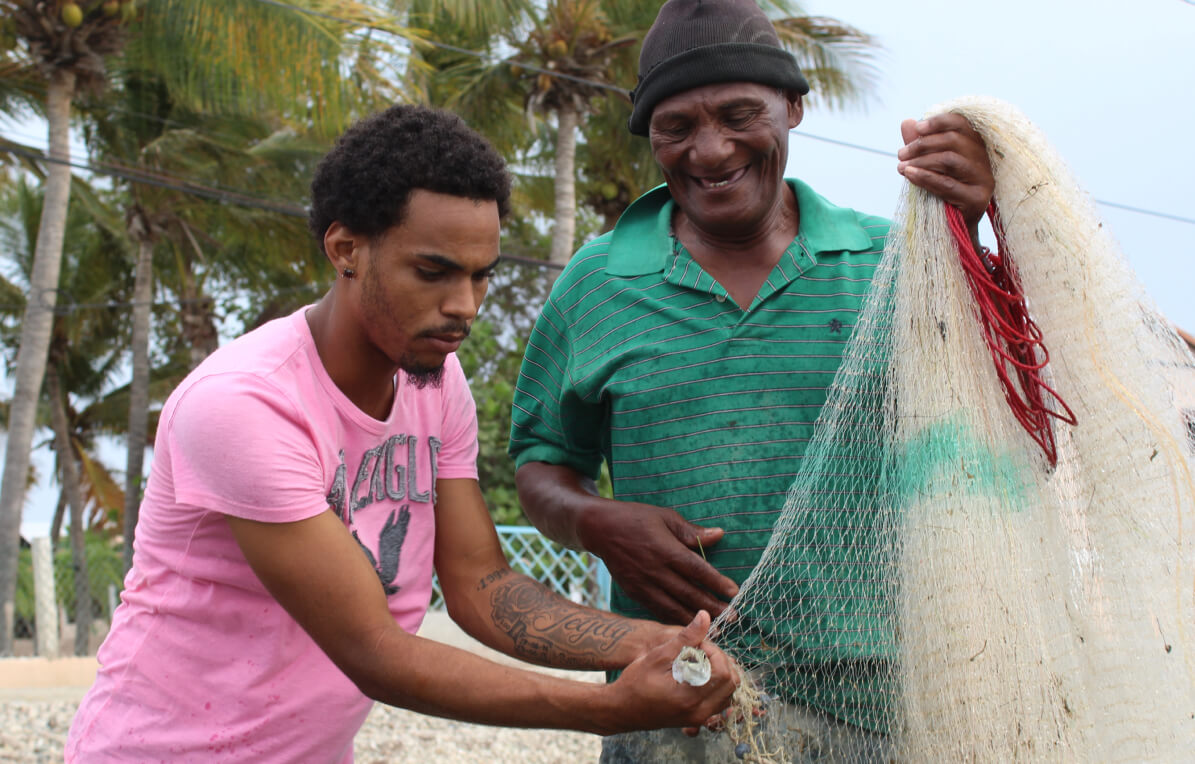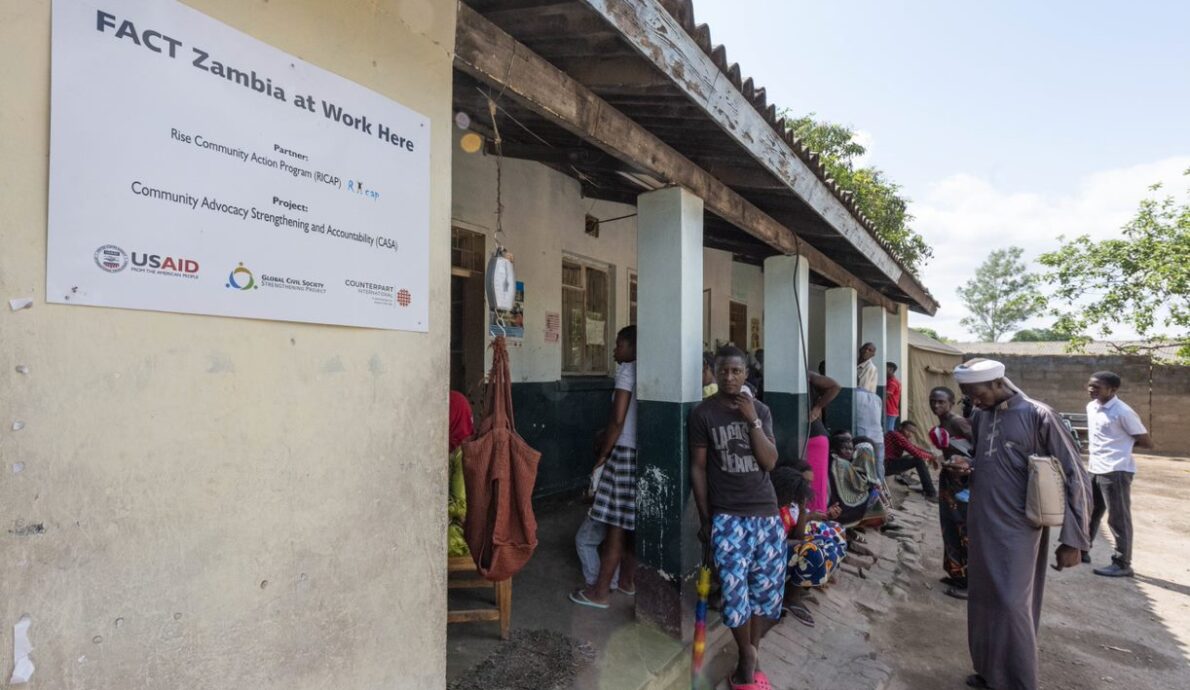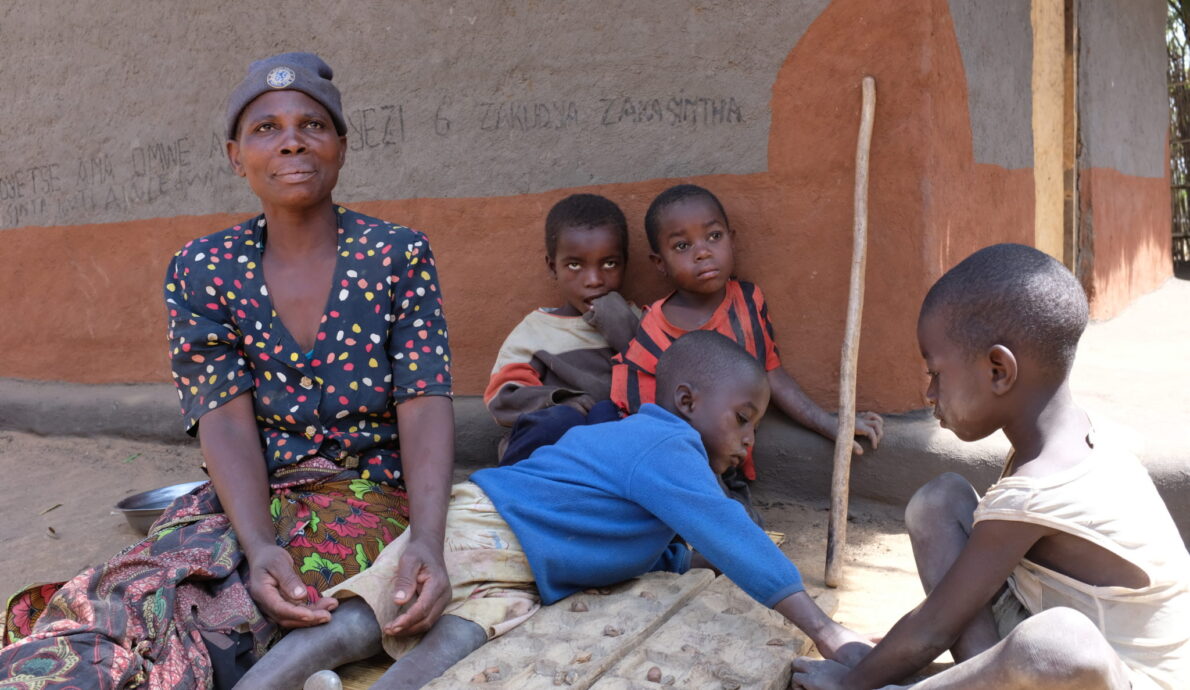Andyford Zulu, 59, a member of ZINGO REFLECT Circle, recalls the not-so-distant past when child-birth was a matter of life and death in his village, Kamono, 26 kilometers from Nyimba district in Zambia.
“Nthawi zinyinji, azimai apakati enzotisiya panthawi yopapa (normally, we used to lose a lot of women during child birth),” he said in the local Nsenga dialect.
Previously, untrained traditional birth attendants were on the frontline of maternal and neonatal health, as formal healthcare services were peripheral. “We were as ignorant about the importance of pregnant women receiving care from health facilities as we were that we had a right to demand healthcare services. In addition, the distance to health facilities was too much [16 kms to the nearest health center],” said Mr. Zulu. The stories he told us clearly mirrored the “Three Delays” model, which explains that pregnancy-related mortality is due largely to delays in seeking appropriate care; reaching an obstetric facility; and receiving adequate care.
In 2015, Counterpart International partnered with ZINGO through the USAID-funded Fostering Accountability and Transparency in Zambia (FACT) program. FACT aims to work with local partners to strengthen civil society’s capacity to enhance delivery and oversight of public service delivery and ensure higher quality service delivery.

In Nyimba, ZINGO, an interfaith religious organization, is implementing the Citizens Engagement in Fostering Transparency and Accountability (CEFTA) project, whose goal is to increase opportunities for Zambian citizens to demand effective, transparent, and accountable service delivery in maternal and child health (MCH). ZINGO facilitated the formation of nine Regenerative Freirean Literacy through Empowering Community Techniques (REFLECT) Circles and trained them in social accountability methods and tools, including the community scorecard method.
Rodwell Mbewe, a ZINGO project officer, said: “REFLECT circles have done a very good job in sensitizing communities on MNCH. Besides, the scorecard has given the capacity to community groups to engage and demand for improved services from the ministry of health. I can say that the scorecard has not only brought service providers and users to engage, but also made service users realize that they have an important role in shaping public service provision.”
The community scorecard process enables community members to better monitor delivery of MNCH services and offer feedback to service providers, which later informs service delivery planning and prioritization. Simply put, the scorecards allow often alienated communities to move into a position where they are able to effectively influence heath service delivery in their community.
“We are a proud people here in Nyimba because changes attributable to this project are very visible. For example, before the project, [the]…Kalingindi and Mkopeka rural health centers had a problem of irregular visitations. The situation after the project is different now because visits have become more regular and predictable. In addition, there is greater collaboration between service users and providers,” said Mr. Mbewe.
Perhaps the project’s biggest achievement is improved community-ownership; a critical element for sustainability. Reverend Abel Zimba, chairperson of REFLECT Circles, remarked, “Even if this project was to stop today, the knowledge it has imparted in us is the one that shall always nudge us to continue.”
The District Commissioner, Col. Peter Kunda, echoed this sentiment, sharing that ZINGO has “left an indelible” mark in contributing towards child and maternal health. “Nyimba had not been doing very well in maternal and child health but has now become one of the best in Eastern Province. That is why Government is always willing to partner with progressive organizations. We are very grateful that this problem is reducing because of [Counterpart and ZINGO’s] efforts,” Col. Kunda said.
With support from USAID, the CEFTA project has undoubtedly been effective in contributing towards the 2021 Zambian national targets of reducing maternal mortality rates from the current 398 to less than 100 per 100,000 live births; and under-5 mortality rates from the current 75 to 35 per 100,000 live births. And, most importantly, citizens are being empowered to change their lives every day, guaranteeing safer maternal, neonatal and child health provisions for the next generation.




